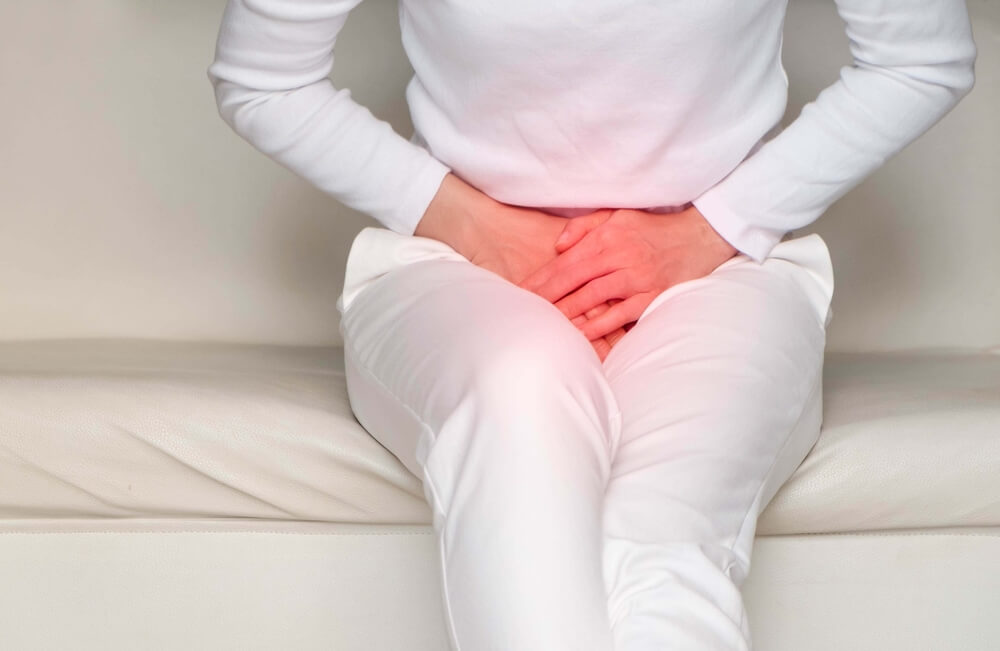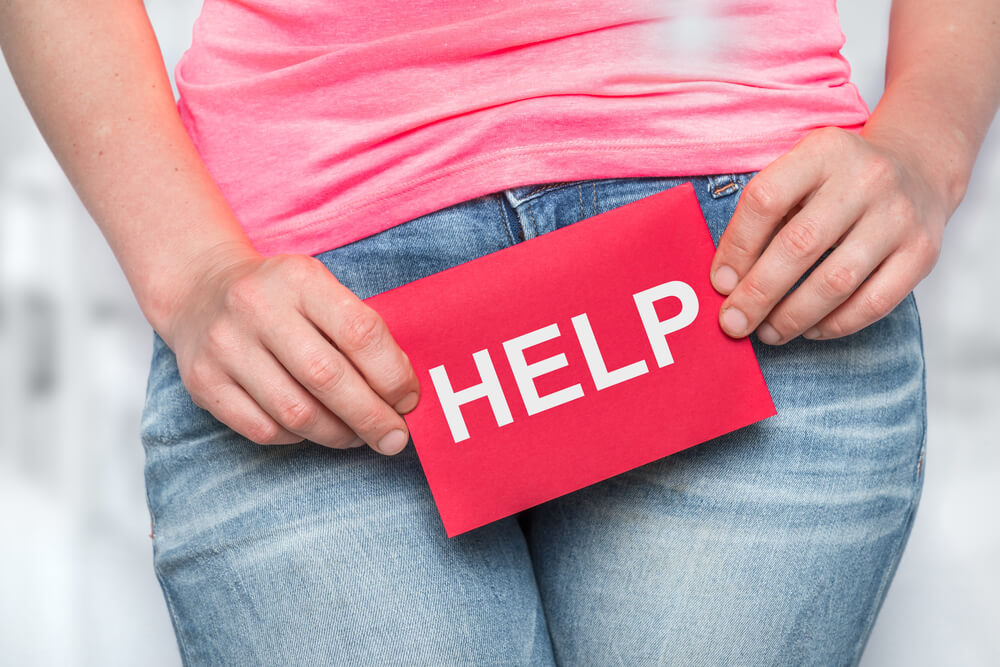Stress incontinence (SI) is a prevalent medical condition that affects many individuals, with women being more commonly affected, especially those who have experienced childbirth or are in their later years. It’s characterized by the involuntary leakage of urine during moments of physical stress, such as coughing, sneezing, laughing, lifting, or engaging in activities like running or jumping. While stress incontinence can be a source of embarrassment and discomfort, it is essential to understand the causes, symptoms, and available treatments to address this issue effectively.
As such, in this article, the expert team at University Park OBGYN discusses stress incontinence and the causes behind urine leakage when coughing.
The Causes of Stress Incontinence

Stress incontinence is primarily attributed to the increased pressure placed on the bladder during specific movements and activities. This elevated pressure, in turn, leads to the release of urine. Several factors contribute to the development of stress incontinence:
Weak Pelvic Muscles
Weakness in the pelvic floor muscles can significantly contribute to stress incontinence. These muscles play a vital role in supporting the bladder, uterus, and bowels. When they become weak, the bladder can shift, preventing the urethra from closing entirely, resulting in urine leakage.
Sphincter Muscle Weakness
A weak sphincter muscle located at the neck of the bladder can also cause stress incontinence. This muscle is responsible for controlling the flow of urine from the bladder. A deficiency in its function can lead to urine leakage during moments of physical stress.
Physical Changes
Female stress incontinence is often associated with physical changes in the body. Factors like pregnancy, childbirth, menstruation, menopause, pelvic surgery, or problems with the muscles in the bladder and urethra can contribute to stress incontinence. Additionally, weakened muscles around the bladder can exacerbate the condition.
Lifestyle Factors
Chronic coughing, smoking, and obesity are additional factors that may lead to the development of stress incontinence.
What Are the Symptoms of Stress Incontinence?
The most noticeable symptom of stress incontinence is urine leakage during physical movement or activity. This can range from minor leaks, just a few drops, to more significant episodes, such as a “squirt” or even a stream of urine. Common triggers for urine leakage include laughing, coughing, lifting heavy objects, and participating in various forms of exercise.
Female Stress Incontinence: Establishing a Diagnosis
Diagnosing stress incontinence involves a combination of medical evaluation, physical examinations, and sometimes specialized tests to confirm the condition and determine its severity. Here’s a step-by-step guide on how stress incontinence is diagnosed:
Medical History and Symptoms Assessment
The initial step in diagnosing stress incontinence is a comprehensive review of the patient’s medical history. The healthcare provider will ask about the patient’s symptoms, including when and how often urine leakage occurs and the circumstances surrounding it, such as coughing, sneezing, or exercising.
Physical Examination
A physical examination, including a pelvic exam for individuals assigned female at birth (AFAB), is typically conducted to assess the overall health of the pelvic region. During the pelvic exam, the healthcare provider will check for any signs of pelvic muscle weakness, bladder prolapse, or other physical factors that could contribute to stress incontinence.
Bladder Diary
Patients may be asked to maintain a bladder diary for a few days. In the diary, they record their daily fluid intake, the times they urinate, and any episodes of urine leakage. This diary can provide valuable information about the patient’s bladder habits and patterns of incontinence.
Urinary Pad Test
In some cases, a urinary pad test may be employed. Patients wear absorbent pads for a specific duration (usually 24 hours) and then return them to the healthcare provider, who weighs the pads to measure the volume of leaked urine. This test helps quantify the severity of incontinence.
Urinalysis
A routine urinalysis may be performed to rule out other underlying conditions that may be causing symptoms similar to stress incontinence. It can identify signs of urinary tract infections (UTIs) or blood in the urine (hematuria), which may indicate other issues.
Bladder Scan
A bladder scan or bladder ultrasound may be conducted to assess whether the patient empties their bladder completely when urinating. This test helps identify any issues related to incomplete bladder emptying.
Urodynamic Testing
In some cases, urodynamic testing may be recommended. Urodynamic tests assess how well the urinary system holds and releases urine. These tests include:
Postvoid Residual Urine Test
Measures the amount of urine left in the bladder after urination to assess if the bladder is emptying properly.
Cystoscopy
Involves the insertion of a thin, flexible tube with a camera (cystoscope) through the urethra to examine the bladder and urethra for any structural abnormalities or obstructions.
Once the healthcare provider has gathered all the necessary information through these diagnostic methods, they can make an informed diagnosis of stress incontinence. The severity of the condition, as well as its underlying causes, will be taken into consideration to determine the most appropriate treatment plan. It’s essential for individuals experiencing symptoms of stress incontinence to consult with a healthcare professional to receive a proper diagnosis and personalized care.
How Is Stress Incontinence Treated?
Effective management and treatment options are available for stress incontinence, ranging from self-help techniques to medical interventions. Some of the recommended approaches include:
Kegel Exercises
Also known as pelvic floor exercises, Kegel exercises focus on strengthening the pelvic floor muscles. By consistently practicing these exercises, individuals can reduce or prevent leakage problems.
Weight Loss
Stress incontinence has been associated with obesity, so losing excess weight can be an effective strategy to alleviate symptoms.
Timed Voiding
Keeping a record of urination times and episodes of leakage helps individuals identify patterns and avoid future leaks by scheduling bathroom visits accordingly.
Devices
Medical devices such as pessaries, small weights, or pants with electrical pads can be used to reduce urine leakage by supporting the bladder or stimulating pelvic floor muscles.
Electrical Stimulation
Electrical stimulation, including devices like tibial neurostimulators, can help stimulate weak or inactive pelvic muscles to contract, thereby aiding in the control of urine leakage.
Injections
Bulking agents can be injected into the lining of the urethra to increase its size and create resistance against urine flow. Collagen is a commonly used bulking agent.
Surgery

In cases where other treatments are ineffective, minimally invasive surgical procedures can be considered. These surgeries aim to support the bladder and treat stress incontinence. Options include retropubic suspension, sling procedures, and the use of artificial sphincters.
It’s essential for individuals experiencing stress incontinence to consult with a healthcare provider to determine the most suitable treatment plan, as the choice of treatment may vary depending on the severity of the condition and individual factors.
Don’t Feel Embarrassed: Reach Out for Expert Help
In conclusion, while stress incontinence can be a challenging condition to manage, various treatment options are available to help those affected regain control over their bladder function. By understanding the causes and symptoms of stress incontinence and exploring the recommended treatments, individuals can take proactive steps toward improving their quality of life and overall well-being.
To that end, you can always schedule an appointment with us to learn more about the condition and treatment.


